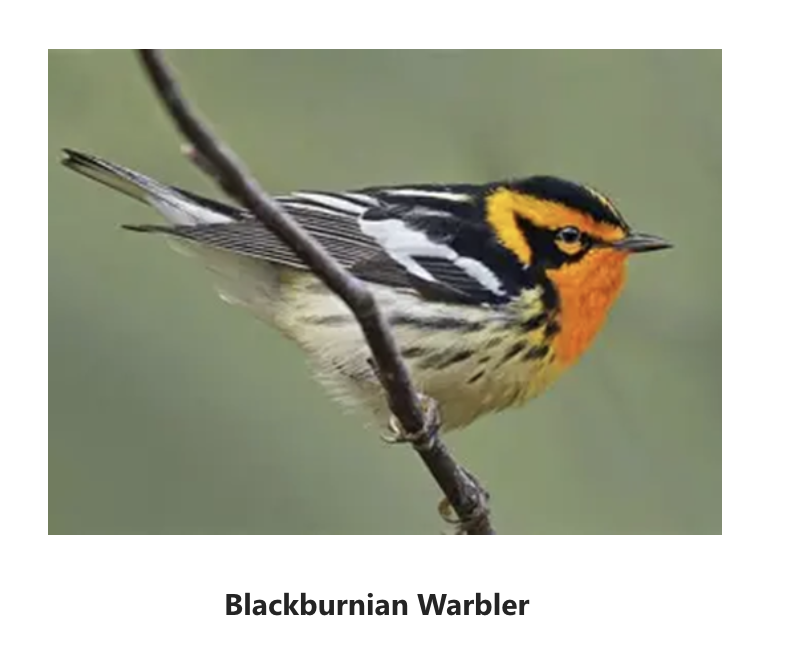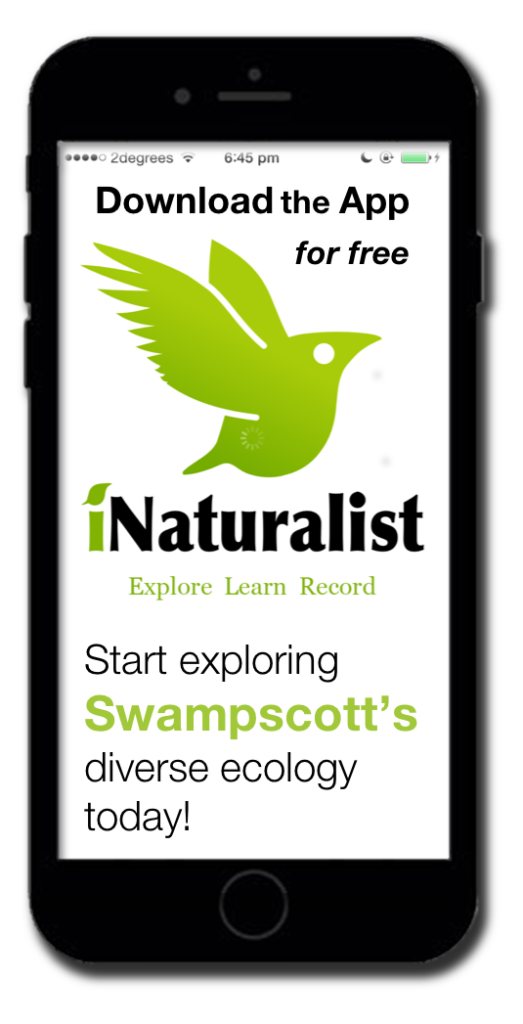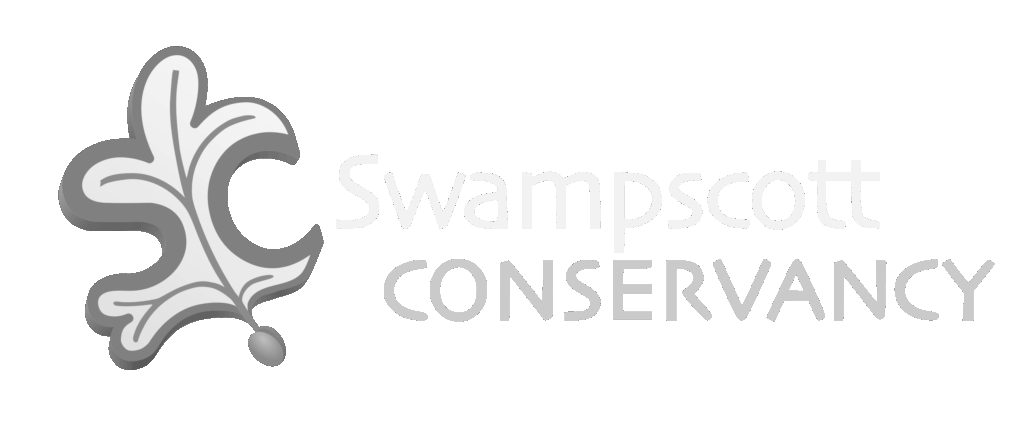Welcome to the Swampscott Conservancy! We’re so happy you’ve come to visit us. Please enjoy your experience on this site, and we hope to see you at our next meeting or event!a.
The Conservancy’s next meeting will be held remotely on Tuesday, June 12 at 6:30 pm. Click here to see meeting agenda.
View informative videos on our YouTube channel.
Conservancy News
Read our Current Newsletter and catch up on past editions:
The Swampscott Conservancy is announcing a Youth Conservation Grant Program designed to provide support to Middle and High School students who wish to make positive environmental change in their community and more broadly New England.
Who can apply? Students who live or attend school in Lynn or Swampscott and are in Grades 6 to 12 are eligible to apply for funds to support a project aimed at making a difference in our natural world. Individual students or groups are welcome to apply. Click here for more information and to apply.

Spring Bird Migration Walk at Marblehead Neck Sanctuary a Big Hit!
On Saturday, May 17, bird enthusiast Harry Wales led a group of 15 on a spring migration bird walk through Audubon’s Marblehead Neck Wildlife Sanctuary.
The Sanctuary is a local favorite for both amateur and serious birders as its wetlands, thickets, and woodlands are a haven for migratory birds—especially warblers—during their spring and fall migrations.
And the group was indeed treated to hearing or catching sight of many species of warblers including Bay-Breasted, Chestnut-sided, Blackpoll, Common Yellow-throat, and Black-throated Green warblers – the latter with its “zee-zee-zee-zoo-zeet” song. There were also Tennessee, Cape May, Magnolia, and Wilson’s warblers but a special treat was the chance to spy the Blackburnian warbler with its striking flame-orange face and throat (pictured).
It was not only warblers that were abound in the Sanctuary. The group also spotted Blue-headed and Red-eyed vireos, Oven Birds, American Redstarts and the unmistakable Scarlet Tanager, to name just a few. In total, the group heard or saw an amazing 52 bird species!
The walk was organized by the Swampscott Conservancy, which hopes to have Harry share his love and his knowledge of birds on future bird walks on the Northshore.
Nature in the Neighborhood – May 2025
Welcoming the Migrants Back
This March I had the opportunity to travel to Nebraska to witness the sandhill crane migration. It is the largest migration of cranes, not just in North America, but in the world. Dr. Jane Goodall calls it “without a doubt one of the most spectacular events in the natural world.” Listen to her reflection on the magic of the sandhill cranes at: facebook.com/GrandIslandCVB/videos/1201804684274272/
After they winter in the southern United States and Mexico, the sandhill cranes head to Canada, Alaska, some even as far as Siberia, to breed. On their spring journey north, hundreds of thousands of them stop off for a few weeks on Nebraska’s Platte River to rest and refuel. During my visit, the estimate was well over 700,000 of these remarkable birds on an eighty-mile stretch of the river, from Kearney to Grand Island. That is, to say the least, a lot of birds.
Sandhill cranes are long-legged, long-necked birds that can stand up to 4 feet tall and have a wingspan of up to seven feet. They can be quite comical as they “dance” (a complex performance involving hopping, leaping, wing flapping, and bowing to potential mates), but are ever so graceful and elegant when in flight. Watching flock after flock of them fly in and roost on the river at dusk will take your breath away, even if you’re not an inveterate birder.
According to Audubon, at least 4,000 species of birds are regular migrants. Birds migrate primarily to find better food sources, breed, raise their young, and, like many New Englanders, escape the harsh winter weather.
Some migrations are quite impressive. The Arctic tern travels an average of 18,640 miles a year as it flies round-trip between the southern and northern poles. The diminutive ruby-throated hummingbird, in its 2,000-mile migration from Central America to the Northeast United States, flies non-stop across the Gulf of Mexico – a distance of 500 miles. And the bar-headed goose, in its migration over the Himalayan mountains, regularly reaches altitudes of five and a half miles above sea level. (The highest altitude recorded for a bird, however, was set by the Ruppel’s griffon vulture, when in 1973 one collided with a plane at 37,000 feet – or seven miles up.)
In our neighborhood, spring migration usually occurs from March to June, peaking in May, around Mother’s Day. Returning from their southern wintering grounds are a variety of birds, including warblers, sparrows, thrushes, wrens, vireos, and shorebirds like sandpipers, plovers, and oystercatchers. They come in on the “Atlantic Flyway,” an east coast bird migration route that stretches from Florida to Greenland. Some are stopping briefly in Massachusetts before heading even further north, while others remain for the summer.
Audubon reports that more than 30 warbler species pass through the state during spring migration, with more than 20 species staying to breed. Though it is often difficult to tell apart the many different warbler species, the yellow warbler is easy to spot with its bright lemon-yellow plumage and “sweet-sweet-I’m-so-sweet” song.
Some of the migrating sparrows include the field sparrow, eastern towhee, and Lincoln’s sparrow. Among the thrushes, the scarlet tanager, rose-breasted grosbeak, and wood thrush are once again returning. The latter, a nondescript brownish bird, has a haunting flute-like song that some believe is the most beautiful bird song in North America. Listen to it here: allaboutbirds.org/guide/Wood_Thrush/sounds.
While impressive, migration is also extremely dangerous and, sadly, not all birds survive the journey. While harsh weather – intensified in recent years by climate change – plays a role, in many cases it’s human activity that results in bird mortality. Man-made hazards include collision with buildings, power lines, and automobiles. (Contrary to popular belief, collisions with wind turbines represent a relatively small proportion of bird deaths.)
Many species migrate at night, and when they pass over cities, the birds tend to become disoriented by all the artificial light. The light draws them toward the buildings as well as increasing the reflection and transparency of glass. In the fall of 2023, one thousand birds died overnight at a glass-fronted building overlooking Lake Michigan. Studies estimate that between 100 million and 1 billion birds are killed annually in the United States from building collisions.
Audubon is leading a growing movement to convince building owners and managers to turn off excessive lighting during the months migrating birds are flying overhead. By coupling this with other bird-safe building actions, it hopes to make the skies safer for birds year-round. More information on Audubon’s “Lights Out Program” can be found at: audubon.org/our-work/cities-and-towns/lights-out.
As a homeowner, you can take steps to protect birds during their spring migration by adding shields to external lighting that will direct light downward and away from the skies or, better still, turn them off during migration season. You can also help by planting native shrubs, trees, and vines that provide cover from predators, nighttime roosts, and nesting sites, while also hosting insects, caterpillars, and spiders, which are essential food for migrating birds.
Birding in the Neighborhood
If you go out to observe birds during the spring migration or anytime in our neighborhood, there are a number of apps to help you identify birds, including the free Merlin Bird ID app (merlin.allaboutbirds.org) designed by the Cornell Lab of Ornithology. Users of the app answer a few simple questions or snap a picture, and then the app uses eBird data to present a short list of possibilities tailored to your location and date. And Merlin Bird ID can now, through its Sound ID, also identify the birds that are singing around you.
If you want to be a citizen scientist, don’t forget the iNaturalist app where you can upload photos of birds and get suggestions on what species is in your photo. Within minutes or hours, other users will see your observation and will help to identify it. One of the best parts of iNaturalist is that by recording and sharing your observations, you’ll create research-quality data for scientists working to better understand and protect nature.
Join Us!
On Saturday May 10, from 8 AM to 9:30 AM, the Conservancy will be hosting a spring migration bird walk at Audubon’s Marblehead Neck Bird Sanctuary. Whether you join our group or go on your own, the Sanctuary is a great spot for birding, with over 175 species annually recorded. Info on the Sanctuary can be found at: massaudubon.org/places-to-explore/wildlife-sanctuaries/marblehead-neck.
But, like author Amy Tan, you also don’t have to go any further than your own backyard, where you can spy many bird species, including the spring migrants that are passing through. In her memoir, “The Backyard Bird Chronicles,” Amy Tan described and illustrated over 60 species she observed in her California backyard and, significantly, the calming effect backyard birding had on her life.
Note on the Avian Flu
As you have likely heard, there has been outbreak of Avian Flu in Massachusetts with waterfowl and seabirds being hit especially hard. But, as of the beginning of the year, Audubon has noted that infections in songbirds remain uncommon. While experts say that feeders don’t pose a major risk, they advise that you should clean them regularly.
You should always avoid handling wildlife, especially sick or dead birds or other animals. And, if you observe five or more sick or deceased birds at a single location, you should report it to MassWildlife at: mass.gov/forms/poultry-disease-reporting-form.
Nature’s Lessons
When you’re out visiting nature in our neighborhood this month, do keep an eye out for those flashes of iridescent red and green that signify the return of the ruby-throated hummingbirds. That a bird weighing less than a nickel can make the arduous migration it does is simply astounding. So “let the hummingbird’s tireless energy,” as Mother Teresa advised, “inspire us to persist with resilience, no matter the challenge.”
Toni Bandrowicz, President
The Swampscott Conservancy
EMPOWER OUR CAUSE!
Donations to the Swampscott Conservancy are an invaluable resource that must be tapped in the fulfilling of the crucial and altruistic goals that are laid out in our organization’s mission statement, and which are embodied by our dedicated members and our ongoing activities. All monetary contributions will be applied in the direct interest of furthering the natural wonder of our community; whether a member or not, your assistance is greatly appreciated and will be perceived in one way or another by any and all who immerse themselves in Swampscott’s natural, open spaces. Thank you for supporting The Conservancy and empowering your local community!



